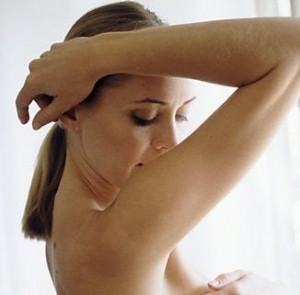The following question is answered by Richard Kline of The Center for Natural Breast Reconstruction.
Q: My reconstruction consisted of chest muscle to create a pocket for a silicone implant. I have had it since 2004. They used an expander. It was the best choice for me at the time. If the implant is removed and the muscles are fixed, will they recover and function normally? For example, will I be able to do pushups and bench presses again?
A: Thank your for your question. Although the muscle is replaced against the chest wall when an implant is replaced with a flap, it is impossible to duplicate the strength of the original muscle attachment.
Having said that, most patients function quite well with an implant under the muscle, and I’m hesitant to tell you you’ll see dramatic functional improvement if you convert your implant to a flap.
I hope this helps.
Richard Kline
Center for Natural Breast Reconstruction
Have a question about breast reconstruction you’d like answered from our surgical team? Just ask us!













